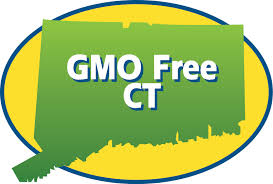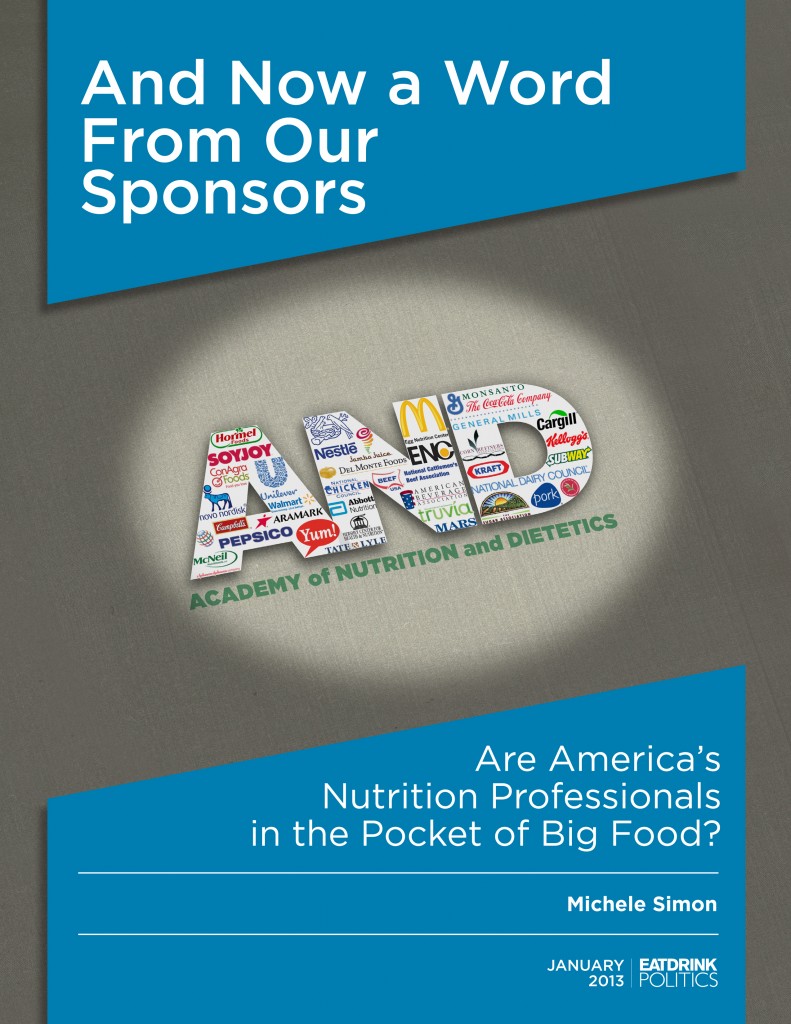
Archive for June, 2013
Posted on Wednesday, June 26th, 2013 by Michele Simon

Last week at a childhood obesity conference, I participated in an important panel to discuss what has become a controversial strategy among some advocates for children’s health: calling on industry to market “healthy” food to children.
As Susan Linn and I explained in our recent article, any marketing to children is deceptive and harmful; it doesn’t matter what the product is.
Continue reading →
Posted in Big Food, Child Nutrition, Marketing to Children | Tagged: Big Food, childhood obesity, fast food, General Mills, Kellogg, McDonald's, targeted marketing | Michele on Google+ | View/Add Comments (1) |
Posted on Tuesday, June 25th, 2013 by Michele Simon
Last year, I wrote about this topic out of frustration that lists like this one tend to neglect an entire profession. It seems one year later, this serious omission continues to persist. And just to prove my point, my 2013 list does not repeat any of the lawyers I listed in 2012, but be sure to check them out too as they are still deserving of the recognition.
Continue reading →
Posted in Big Food, Food Law, Food Policy | Tagged: Center for Food Safety, deceptive health claims, litigation, PepsiCo | Michele on Google+ | View/Add Comments (5) |
Posted on Monday, June 17th, 2013 by Michele Simon

By Susan Linn and Michele Simon
In response to the public outcry over the negative impacts of junk food marketing to children, food companies have started using popular media characters to market “healthy” foods to children. These products include fruits and vegetables, as well as processed food. So we now have Campbell’s Disney Princess “Healthy Kids” soup, Kellogg’s Scooby-Doo! cereal (with less sugar), and others.
But is this really progress?
The developmental vulnerabilities of children, along with the legal, ethical, and political pitfalls of encouraging the food industry to target kids, make marketing food to children harmful regardless of nutritional content.
Continue reading →
Posted in Big Food, Child Nutrition, Marketing to Children | Tagged: Big Food, child nutrition, childhood obesity, fast food, Kellogg, McDonald's, voluntary self-regulation | Michele on Google+ | View/Add Comments (30) |
Posted on Wednesday, June 12th, 2013 by Michele Simon
In what is becoming an all too familiar sight, the major food corporations recently teamed up with the First Lady’s Partnership for a Healthier America to announce their latest PR attempt to look like they are helping Americans eat healthier. A group calling itself the Healthy Weight Commitment Foundation, led by the CEO of PepsiCo–the nation’s largest junk food and sugary beverage pusher–claims to have delivered on its promise made in 2010 (a commitment, get it?) to reduce calories “in the marketplace” by 1.5 trillion. They further claim to have exceeded this goal, and all this a full three years ahead of schedule. The quotes by all involved were practically giddy.
Continue reading →
Posted in Big Food, Food Policy, Industry Tactics | Tagged: Big Food, Big Soda, calories, deceptive health claims, junk food, Let's Move, PepsiCo, public relations | Michele on Google+ | View/Add Comments (2) |
Posted on Tuesday, June 11th, 2013 by Michele Simon


It seems hardly a week goes by without another foodborne illness outbreak. This time, in frozen organic berries, proving once again that even the health-conscious are not immune from getting sick. Although you wouldn’t know it from the packaging, the contaminated fruit came from overseas, raising several questions such as: Can we trust the USDA organic seal on imported food? I address this and other issues about our globalized food system in my latest article for Center for Food Safety, which you can read on their site here.
Posted in Food Policy, Food Safety, Public Health | Tagged: FDA, food safety, organic, outbreak, USDA | Michele on Google+ | View/Add Comments (0) |
Posted on Tuesday, June 4th, 2013 by Michele Simon
Connecticut Makes History as First State to Pass GE Food Labeling Law

This week, Connecticut won the honor of becoming the first state to pass a law requiring genetically-engineered foods to be labeled. (The governor has indicated he will sign.) It was really only a matter of time. The disappointing defeat of Prop 37 last fall in California (thanks to a massive industry disinformation campaign) sparked a national movement that has resulted in labeling bills getting introduced in about half the states.
But how did the small state of Connecticut make this happen?
Continue reading →
Posted in Big Food, Food Policy, Food Safety | Tagged: agriculture policy, California Prop 37, food safety, GMO labeling, GMOs, Monsanto | Michele on Google+ | View/Add Comments (10) |


















